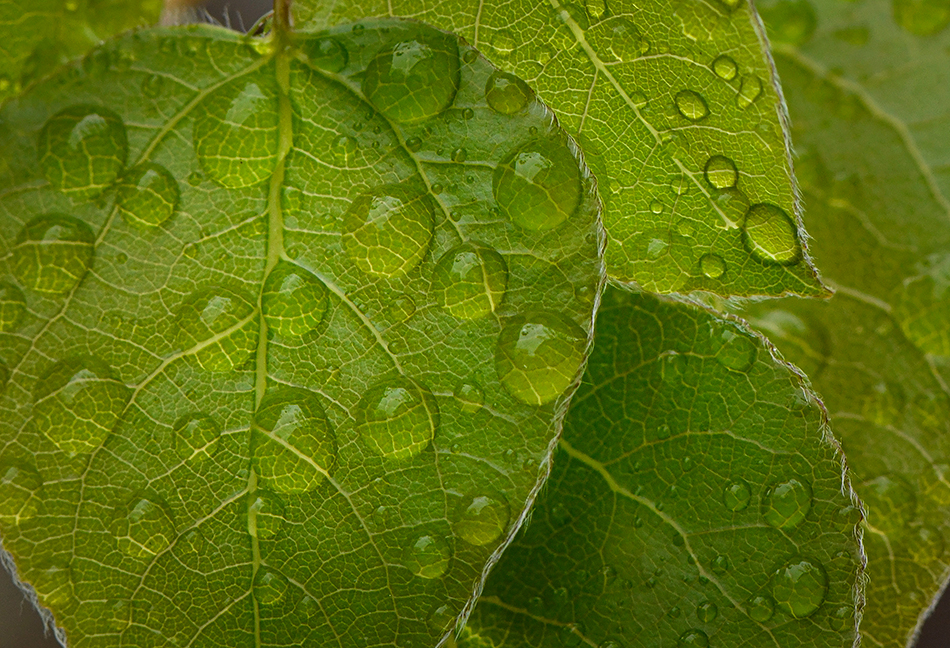
Cree and I, like many others right now, have been doing a ton of macro photography. We are rediscovering our yard. After starting with obvious subjects like flowers and insects, we have moved to water droplets and lichen. I have to say I forgot just how much fun macro photography can be.
We have been getting a lot of questions about macro, in particular what exactly defines a macro image and what special equipment do you need for it. Macro photography is loosely interpreted as getting a really closeup shot of your subject. Technically, a macro image is one that the subject is reproduced at life size on the sensor (or film). A bumblebee is reproduced in the final image at its actual size…that means the bee would take up a large part of the frame.

There are multiple ways to create macro images, from inexpensive to costly. The first option, and the most expensive, is buying a macro lens. These lenses range from $500-$1700 or more depending on the focal length. My favorite macro lens is the 105mm F2.8. The 105mm allows me to photograph a little further away from my subject (your working distance) and produces a nice tight angle of view. The 60mm F2.8 macro lens is cheaper and lighter, but requires you to be very close to the subject to get 1 to 1 reproduction. And the 200mm F4 macro is heavy, expensive and manual focus. But the working distance is great; you can be much further away and still get life size reproduction, perfect if you are photographing shy butterflies or venomous reptiles.
Another option are extension tubes. These tubes go between your lens and the camera, allowing you to focus closer and get one to one reproduction. You lose light by adding extension tubes, but their advantage is they are cheap and lightweight. Make sure to get the automatic extension tubes for your brand of camera to insure auto modes still work.
The last option is a magnifying filter such as the Canon 500D. These filters attach to the front of your lens and magnify the scene giving you close to life size reproduction. They cost around $100 and don’t reduce light reaching the sensor (unlike extension tubes). On the other hand, these filters do introduce another optical element into your system which can affect image quality. When buying this filter make sure to get the right diameter for your lens.
What happens if you add a few of these options together? You get larger than life-size reproduction in your image. If you are interested in macro, and have some free time right now, check out our online Macro in May class that Cree and I are offering. We are covering everything from basic techniques, editing, creative subject matter, macro lighting and more. We’re using Zoom, so the whole class will be involved online. It is going to be a lot of fun!